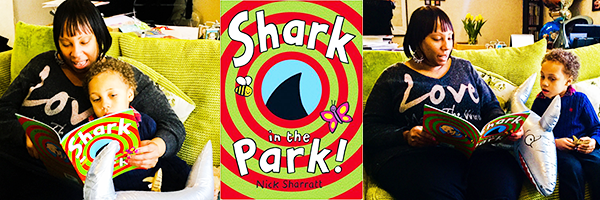Phonics has been used in schools for many years as one of several ways to support learning to read.
More recently, government policy has required a type of phonics teaching called synthetic phonics to be used as the major approach to the teaching of reading in many schools. This approach has placed a greater emphasis on individual letter sounds (phonemes) and ‘sounding out’ to read words. Phonics also includes knowledge of how to combine or ‘blend’ sounds to build words (d-o-g/dog, sh-o-p/shop).

We believe that phonics – which can be defined as the relationship between spoken sounds and written letters – is only one of a number of routes into reading for children. See learning to read for an overview.
How you can help
What is important for children as future readers and writers is that they develop a sense of the patterns in words such as rhymes.
At the early stages children become fascinated with the sounds of language. Songs and rhymes are important because as well as being fun and enjoyable, they build up over time children’s experience of word patterns – for example rhymes (shark, park), words beginning with the same letter (wiggly woo) or letters (Shaun the sheep).
You can help to develop interest in words that begin with the same sounds through playing games like ‘I spy’ together or hunting for objects beginning with a particular sound eg cup, cake, coat, cat…. Enjoy rhymes by singing nursery rhymes together.
You could play rhyming ‘tennis’ (1st person: coat 2nd person: boat, fish/dish etc); share rhyming books and ‘spot the rhymes’ together.
The Alphabet
Learning the names of letters in the alphabet is important too. You can help children do this by talking about the letters in their own names and the names of friends and family. You could sing an alphabet song together. Here is a traditional version of the alphabet song which includes capital and small letters: Children gradually become able to associate the shape of letters, the letter names and sounds.
Here is another alphabet song:
Words all around us
Encourage children to notice the print around them, on shop signs, posters, magazines, clothing and adverts. They can play ‘print detectives’, searching for words or letters around them, and to develop curiosity about words beginnings and endings or rhymes.
Writing
Children will also learn about letter-sound relationships, or phonics, through writing their names, captions to their drawings or photographs and inventing stories.
“]Above all, the best way to help your child become a successful reader is to share wonderful books with them and encourage their enjoyment.
About reading
Learning to read
Reading with your child
See our top 10 alphabet books for ideas.
See our top 10 poetry and rhyme books
See our top 10 rhyming books

 Follow lovemybooksUK15
Follow lovemybooksUK15